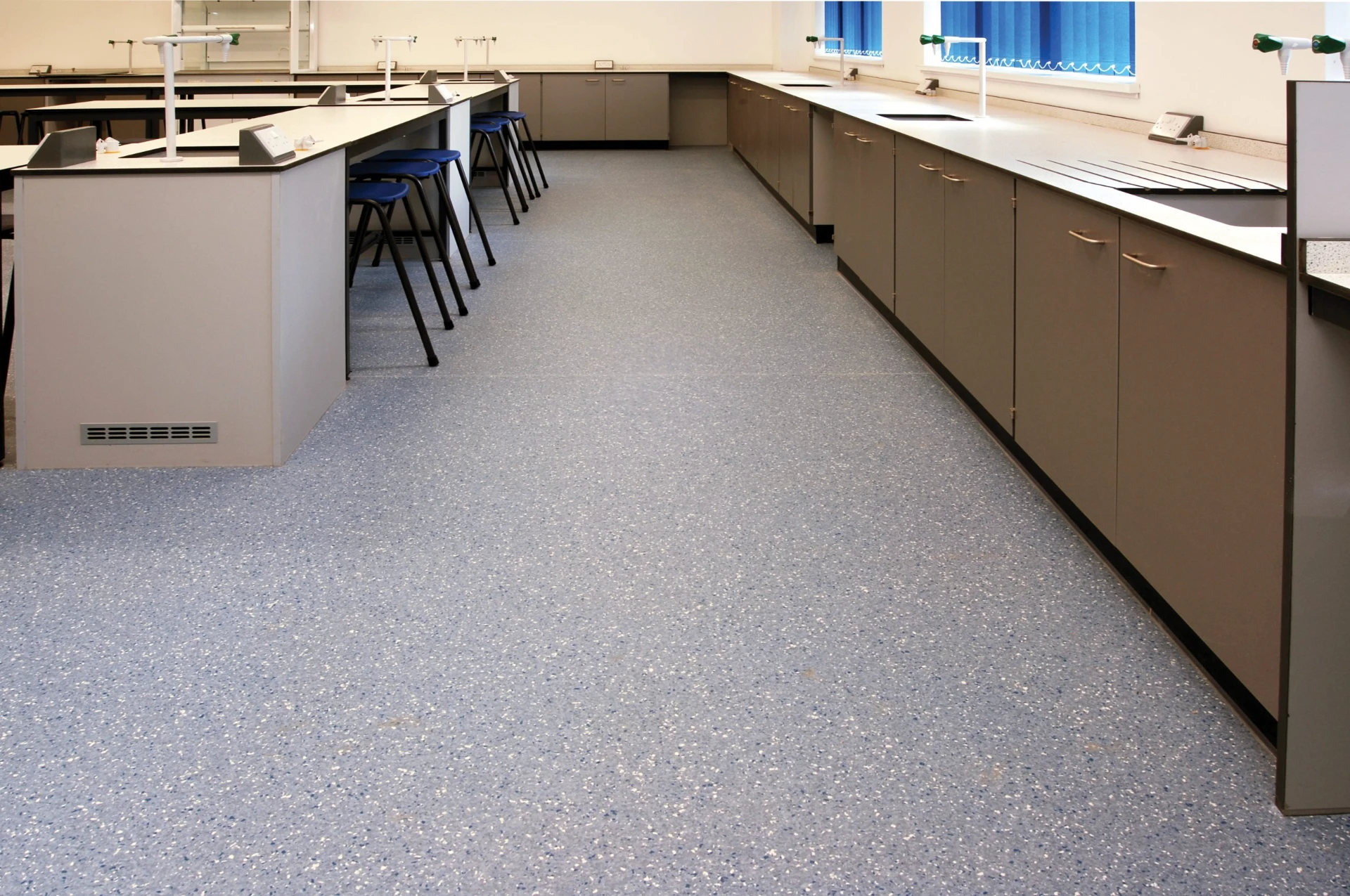150mm Skirting Board Options for Modern Interior Design Style
Understanding 150mm Skirting An Essential Element of Interior Design
Skirting boards, also known as baseboards or skirting, are an essential feature in interior design that often goes unnoticed. However, when chosen correctly, they can transform the aesthetics of a room while providing practical benefits. One popular style is the 150mm skirting, which has gained favor among homeowners and builders alike. Let’s explore what 150mm skirting is, its benefits, and how to choose the right style for your home.
What is 150mm Skirting?
The term 150mm skirting refers to the height of the skirting board, measuring 150 millimeters, or approximately six inches. This size offers a great balance between functionality and elegance, making it suitable for various interior themes, from traditional to modern designs. Skirting boards come in various materials, including wood, MDF, and PVC, each offering different finishes and styles.
Aesthetic Appeal
One of the primary advantages of using 150mm skirting is its aesthetic appeal. The height is significant enough to create a visual impact without overwhelming the room. It draws the eye downward, accentuating the overall proportion of the space. Additionally, a well-chosen skirting style can complement other design elements in the room, such as door frames and window sills. Whether you prefer sleek, modern lines or ornate, traditional designs, the variety available in 150mm skirting caters to all tastes.
Practical Benefits
Beyond aesthetics, 150mm skirting also serves several practical purposes
. It creates a barrier between the wall and the floor, protecting the wall from furniture scuffs, cleaning tools, and general wear and tear. This is particularly beneficial in high-traffic areas where walls can easily be damaged. Moreover, skirting can hide unsightly gaps between flooring and walls, creating a more polished and finished look.Another practical benefit of skirting boards is the insulation they provide. Skirting helps to keep dust and debris from accumulating in gaps, making it easier to clean and maintain your home. It can also enhance thermal efficiency by reducing drafts and keeping cold air at bay, especially in older homes where there may be gaps or cracks near the floor.
150mm skirting

Installation and Maintenance
Installing 150mm skirting is generally a straightforward process that can be tackled by DIY enthusiasts. However, if you prefer a professional finish, hiring a skilled carpenter or contractor is advisable. Proper installation ensures that the skirting fits snugly against the wall and floor, providing optimal protection and appearance.
When it comes to maintenance, 150mm skirting is quite low-maintenance. Regular dusting and occasional wiping with a damp cloth should suffice to keep it looking new. For painted or stained wood, periodic touch-ups may be necessary to preserve its look over time.
Choosing the Right Style
When selecting 150mm skirting for your home, it's important to consider the overall style of your interior. If you have a contemporary space with minimalist decor, a sleek and simple design would be appropriate. On the other hand, if you're working with a traditional aesthetic, you might opt for a more ornate profile with decorative detailing.
Another factor to consider is the color and finish. White skirting is a classic choice that blends seamlessly with most wall colors, while darker shades can add a touch of drama and elegance to a room. Remember to consider the flooring as well; the skirting should create a harmonious look with both the wall and the floor.
Conclusion
In summary, 150mm skirting is more than just a practical element of home design. It contributes significantly to the overall aesthetic, protects walls, and aids in maintaining cleanliness. With various styles and materials available, it can enhance the character of any room while serving functional purposes. Whether you're building a new home or renovating an existing space, incorporating 150mm skirting is a timeless choice that brings both beauty and practicality to your interior design.
-
SPC Vinyl FlooringJul.18,2025
-
Home SPC FlooringJul.18,2025
-
Heterogeneous Sheet Vinyl: The Ultimate Commercial Flooring SolutionJul.15,2025
-
Dry Back LVT Flooring: A Durable and Stylish Flooring SolutionJul.15,2025
-
Click LVT Flooring: A Stylish and Convenient Flooring SolutionJul.15,2025
-
SPC FlooringJun.24,2025




